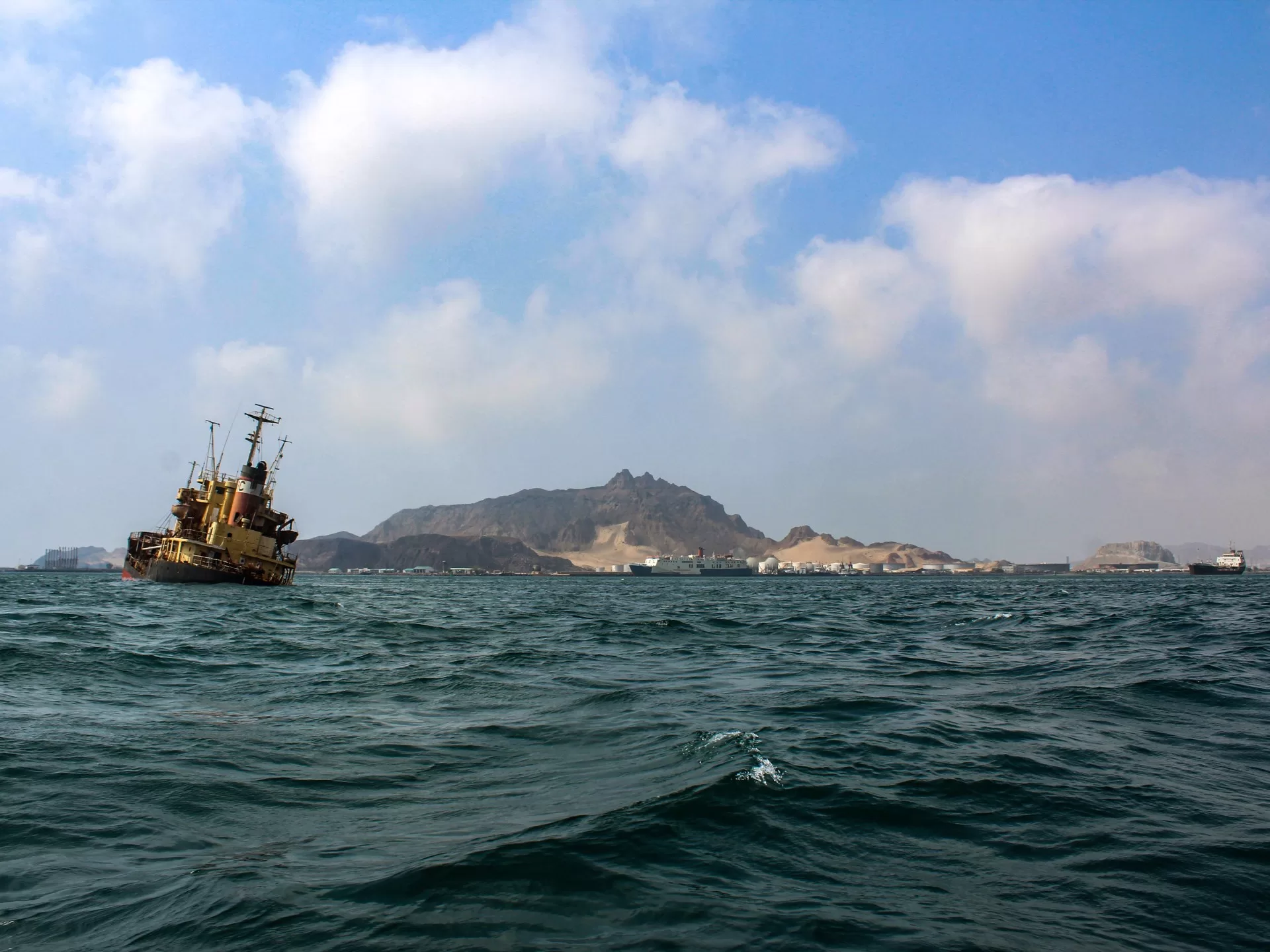Refugees and migrants are increasingly taking the dangerous route despite instability in Yemen and the fallout of the war on Gaza.
The vessel that capsized on Monday was carrying some 260 people, mostly from Ethiopia and Somalia, who had set off from the northern coast of Somalia to travel 320km (200 miles) across the Gulf of Aden to reach Yemen.
Refugees and migrants from the Horn of Africa and East Africa are increasingly braving the dangerous journey to reach Saudi Arabia and other Arab states of the region via Yemen.
The IOM said in a statement on Tuesday that 71 people had been rescued, eight of whom were taken to hospital. At least six children and 31 women were among the dead.
In April, at least 62 people died in two shipwrecks off the coast of Djibouti as they tried to reach Yemen. The IOM said at least 1,860 people have died or disappeared along the route, including 480 who drowned.
More refugees and migrants are taking the route despite the devastating effects of a nearly decade-long war in Yemen, which erupted after the Houthi group rebelled and took control of large areas of the country, including the capital, Sanaa.
The flow of migration has been undeterred in the aftermath of Israel’s war on the Gaza Strip, as well.
The Iran-aligned Houthis have for months carried out attacks on commercial and military vessels in the Gulf of Aden, demanding that Israel end the war on Gaza, with the United States and the United Kingdom responding with air raids on Yemen in a stated effort to protect international interests.
The number of migrants arriving in Yemen annually tripled from 2021 to 2023, soaring from about 27,000 to more than 90,000, the IOM said last month. The agency reports that about 380,000 migrants are currently in Yemen.
The sinking of the boat on Monday “is another reminder of the urgent need to work together to address urgent migration challenges and ensure the safety and security of migrants along migration routes,” said IOM spokesperson Mohammedali Abunajela.
